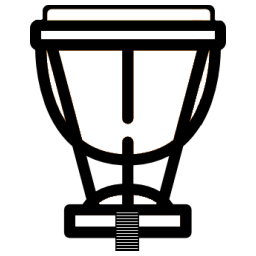The Timpani, also called the kettledrum, is a tuned percussion instrument whose pitch can be altered with the loosening or tightening of the drum head. Since composers of the Baroque and Classical periods like Beethoven or Hector were so impressed by its sound and versatility, the timpani has been a staple of the symphony orchestra since development into the modern version in the 18th century.
The timpani evolved from military drums of early times, was enlarged and shaped into a bowl made of copper or other material. The head is a membrane stretched over the bowl onto a flesh hoop held in place by a counter hoop (metal hoop) with the tuning rod nuts. The more modern version of the timpani has a foot pedal for tuning the pitch of the sound using tuning bolts or a chain link from the tension rod foot pedal to the head bolts. There was even a version tuned by rotation of the drum similar to that used on robotoms.
The word timpani is derived from the plural Italian word 'timpano,' stemming from the Latin word 'tympanum,' a translation from the Greek τύμπανον (tumpanon) meaning 'to strike or hit.' Despite the term's Greek and European origin, in English it mostly became referred to by the 'kettledrum' name. The timpani drum is used alone or in groups of two to five drums; the standard orchestral set called a console consists of four. Timpani drums range from a 12 inch diameter up to 33 inches.
Diagram of the Timpani
Use of the Timpani
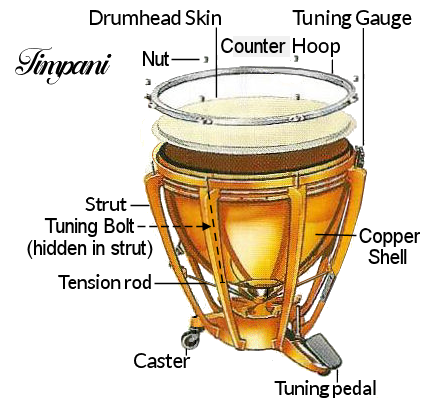
Each drum has a foot pedal which is used to change the pitch of the sound or in tuning the instrument. In tuning, the foot pedal is depressed and held down throughout tuning. The drum head thus becomes tightened along with the bolt nuts securing the head once in tune.
The timpanist stands behinds the drums holding mallets in both hands. He strikes the drum head with the soft end of the mallet to produce its sound.
The timpanist at times must deal with multiple connected drums of up to five or even more encircling the player. Multiple drums are used when several different pitched sounds are required.
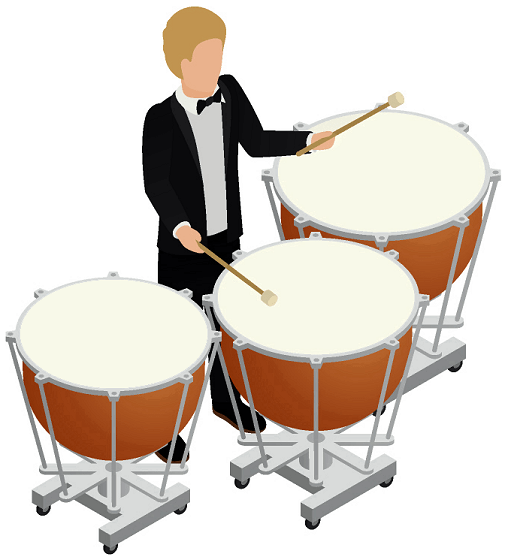
Classification
The Hornbostel–Sachs System classifies the Timpani as a directly struck membranophone which produce sound through the vibrations of a tightly stretched membrane which is struck. Other percussion instruments are classified as shaken, plucked, or friction membranophones or idiophones.
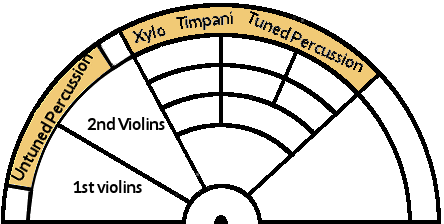
Where in the Orchestra
The Timpani shares the space which encircles the rear of the orchestra designated for the percussion instruments. It is located to the right of the xylophone and left of other tuned percussion instruments.
Song Featuring the Timpani
Renowned conductor Gustavo Dudamel leads the Vienna Philharmonic Orchestra in a performance of 'Also Sprach Zarathustra, Op. 30' composed by Richard Strauss in 1896.
Noteworthy Percussionists

Jack Bell
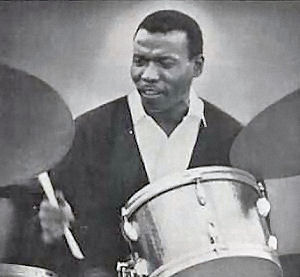
Elvin Ray Jones
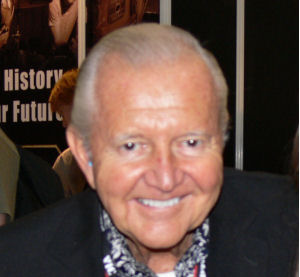
Vic Firth
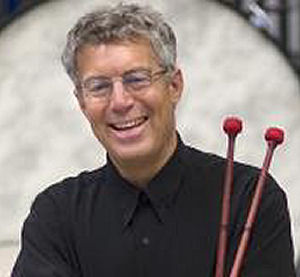
Jonathan Haas


